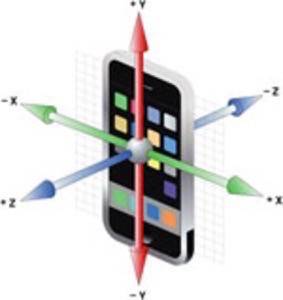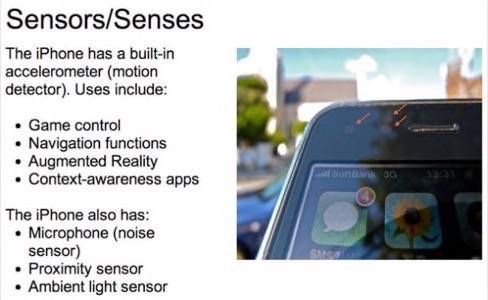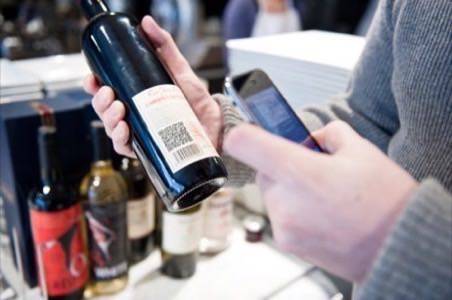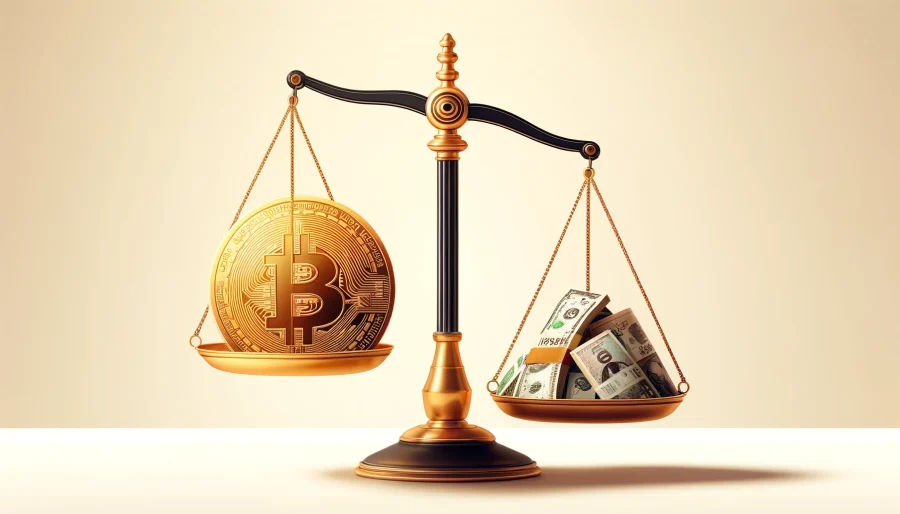At the recent ReadWriteWeb Mobile Summit, I convened a session about emerging mobile applications for sensors and other Internet of Things technologies. It ended up being a lively discussion on the possibilities for new types of mobile apps that will take advantage of sensor and RFID data. The raw notes of the session are here, thanks to Pat Burns. In this post I’ll flesh out some of the ideas.

This will be a 2-part post. In Part 1, we’ll cover food and supply chain apps, social networking, and retail. In Part 2, we’ll look at future apps for environment, buildings, and health.
Recap of the Technology
First, let’s quickly re-visit the technology. Sensors, barcodes and RFID tags are all emerging methods of connecting real-world objects to the Internet. As I explained in my keynote presentation at the Mobile Summit, modern smart phones are increasingly being used to read and write this data.
Smart phones can be used as both readers (e.g. barcode scanning) and writers (e.g. swiping your phone over an RFID Reader to purchase a subway ticket).
Sensor technology is one of the most intriguing areas of innovation currently in smart phones. Firstly, the phone may read and act on sensor data from real world objects; data like temperature, noise and activity. Secondly, the phone may be used as a sensor itself; for example enabling other phone-toting people to sense your proximity to them.

Sensors in mobile phones is a fast-growing market. According to iSuppli Corp, shipments of mobile phone motion sensors (accelerometers, compasses, gyroscopes and pressure sensors) will increase five-fold over five years: from 435.9 million in 2009 to 2.2 billion units in 2014.
Applications
Food & Supply Chain
This is already a common use of RFID and sensors, for example IBM’s shipping container solutions. In the supply chain, sensors and RFID tags may be used to track ingoing and outgoing traffic, which in turn enables applications such as congestion pricing.
Chemical-biological sensors may be used to monitor food supply and food recalls, together with temperature and other sensors.
Overall, sensor data has many uses for the food industry – from tracking whether a building that houses food has vibrated, to knowing exactly when a container of lettuces will go bad.
Retail
A number of interesting retail examples were discussed at the RWW Mobile Summit. RFID and sensors are already being deployed in industries like winemaking. As we recently wrote on ReadWriteWeb, some wineries are using RFID to keep one step ahead of counterfeiters.

Loyalty cards were an early use case for RFID in retail. This activity will only increase as consumers’ mobile phones become smarter. Loyalty cards can potentially track your in-store transactions and online browsing experiences, which then enables personalization and recommendations to be sent to your phone. For example: the store knows what you had in your shopping basket on their website, which is data that can be used to upsell in the store. The store also knows what you’ve tried on in the dressing room! Obviously, there are privacy implications here – but also it could help your shopping experience a lot.
Looking more to the future, stores will probably use RFID for a range of features – such as an ‘intelligent cart’ that auto scans what’s in your shopping cart. While these stores are far from common place yet, due to the current cost and technical issues with RFID, mobile apps that pave the way could be an opportunity for entrepreneurs.
Sensor data may be used to predict future money-spending activities. For example, HP Labs recently used Twitter to predict box office success – tracking such things as sentiment and velocity. While Twitter isn’t a sensor as such, it provides very useful social signals (which may, perhaps, be thought of as a type of sensor). Similar tools have been tried with American Idol and stock market predictions.
Social networking
Sensors in phones can track proximity from one person to another. This might be used to screen contacts at a conference, for example showing who are your Facebook friends. It could also show pictorial representation of those people and the social media services they subscribe to.
In summary, sensor or RFID data in mobile apps is an exciting area of opportunity. Let us know in the comments about your app or use case ideas!
In Part 2 of this post, we’ll look at future apps for environment, buildings, and health.









